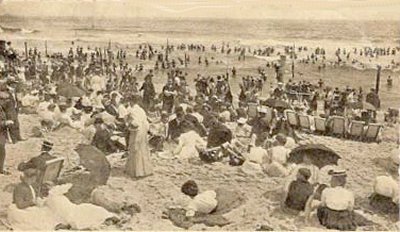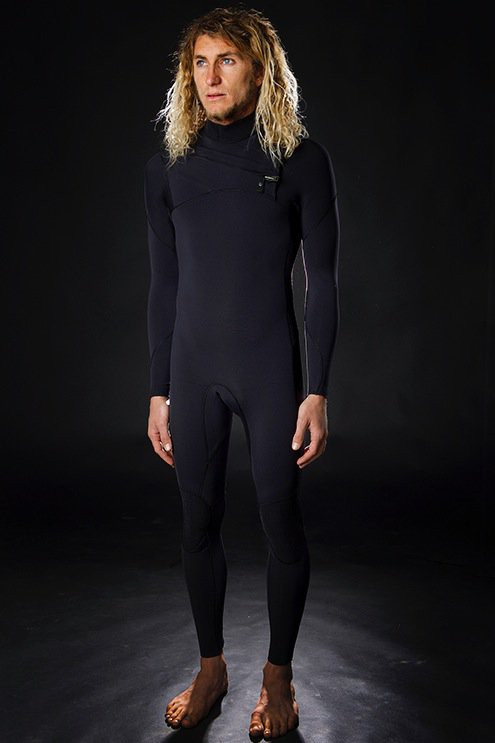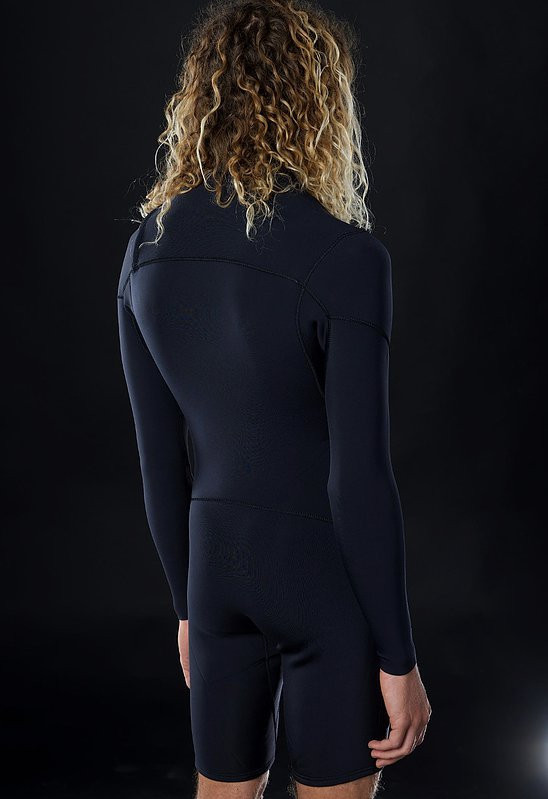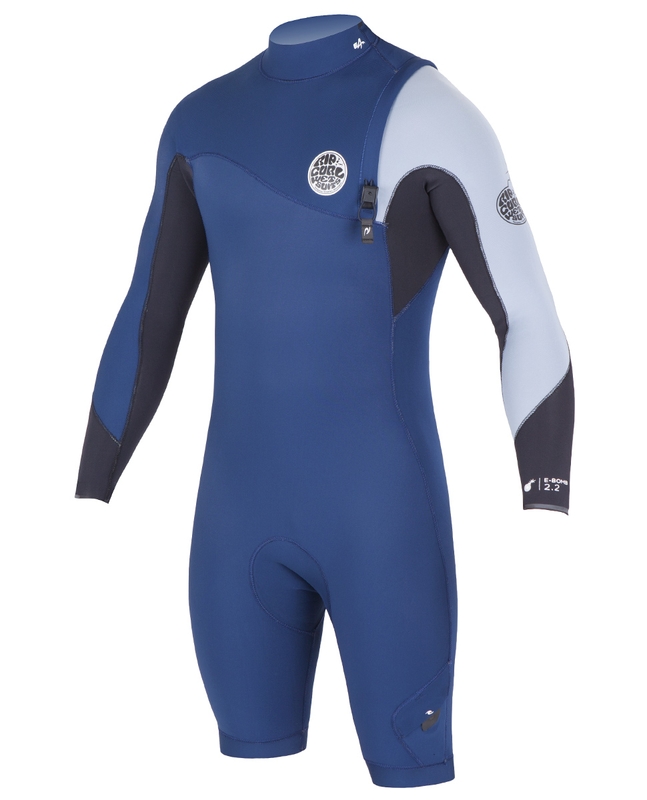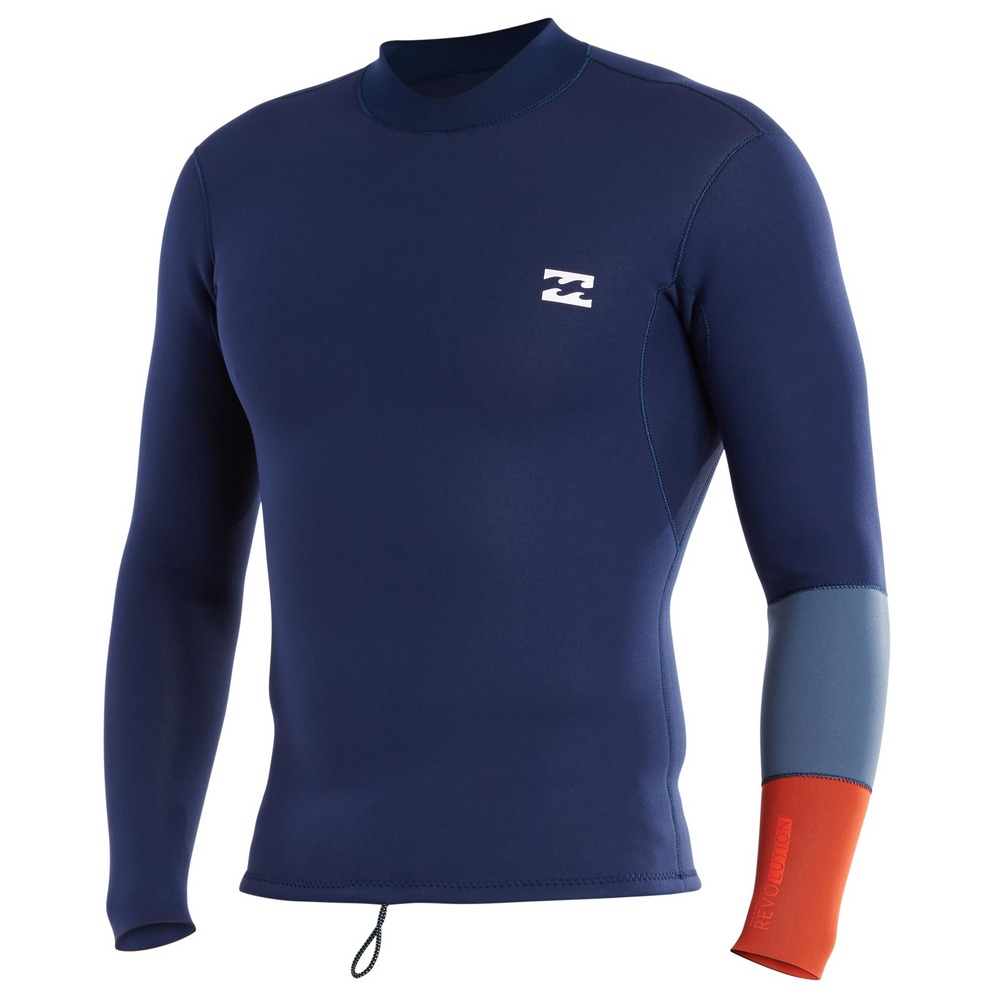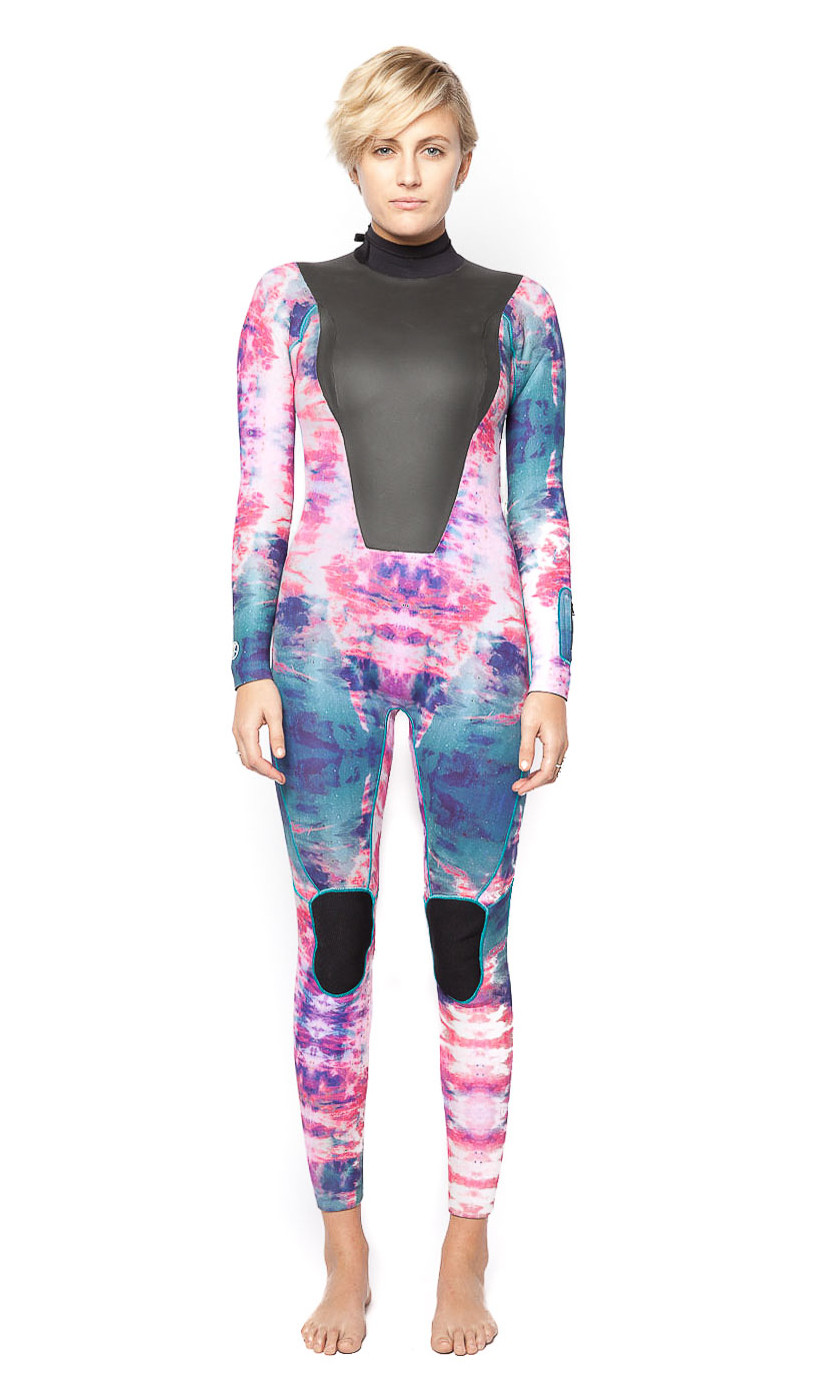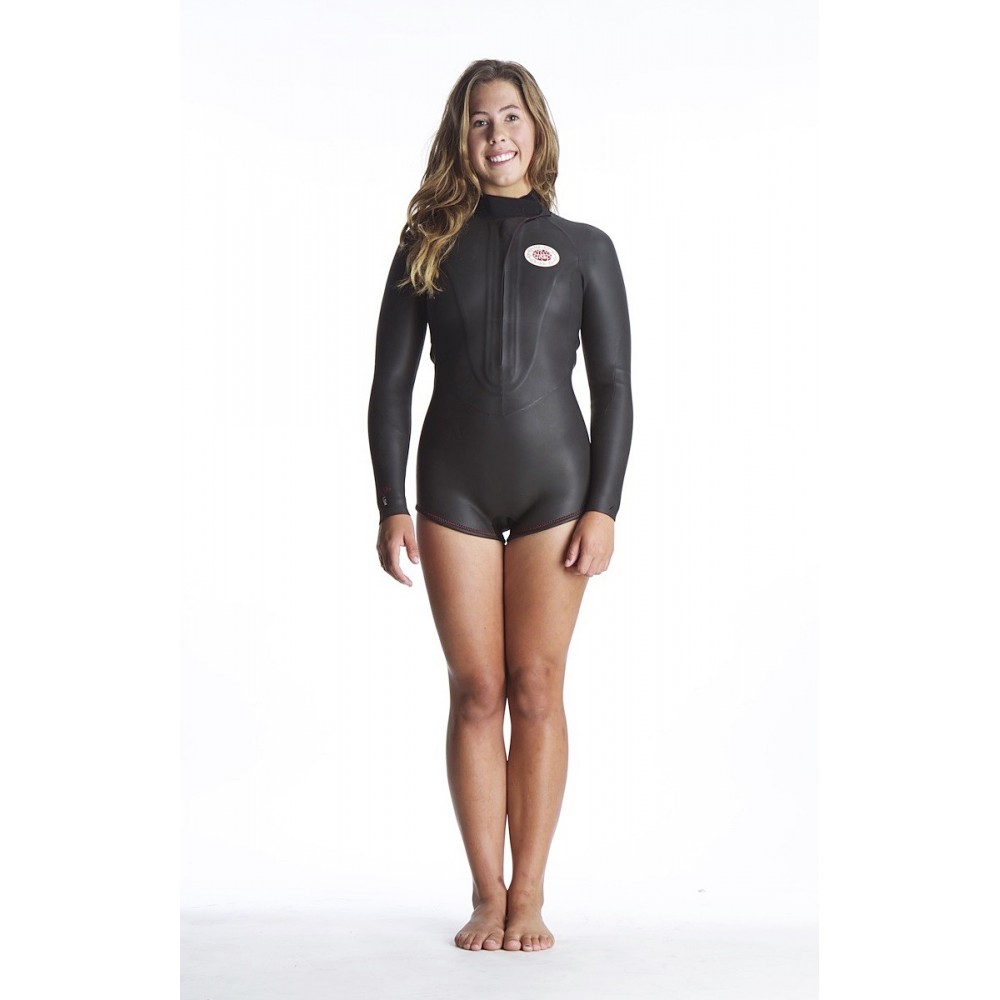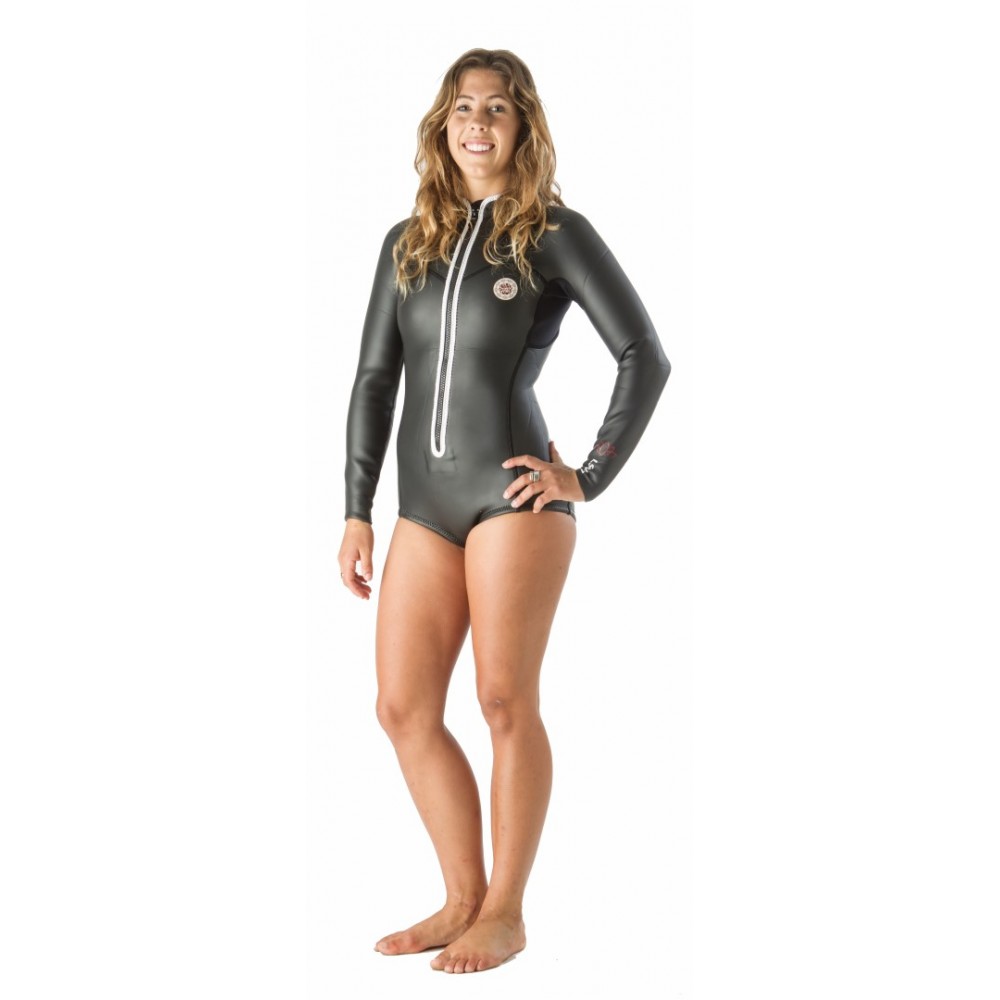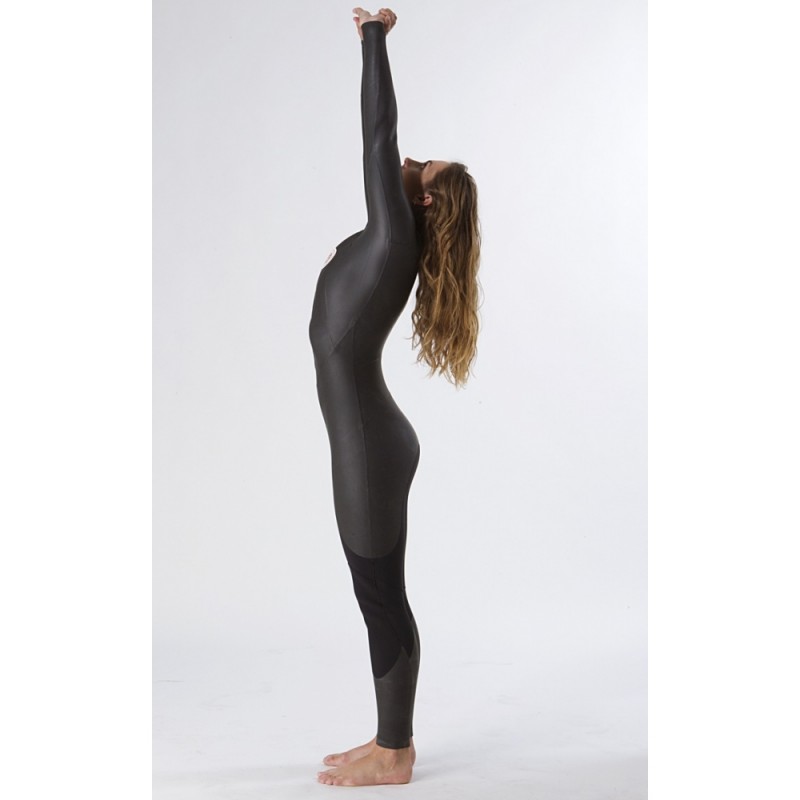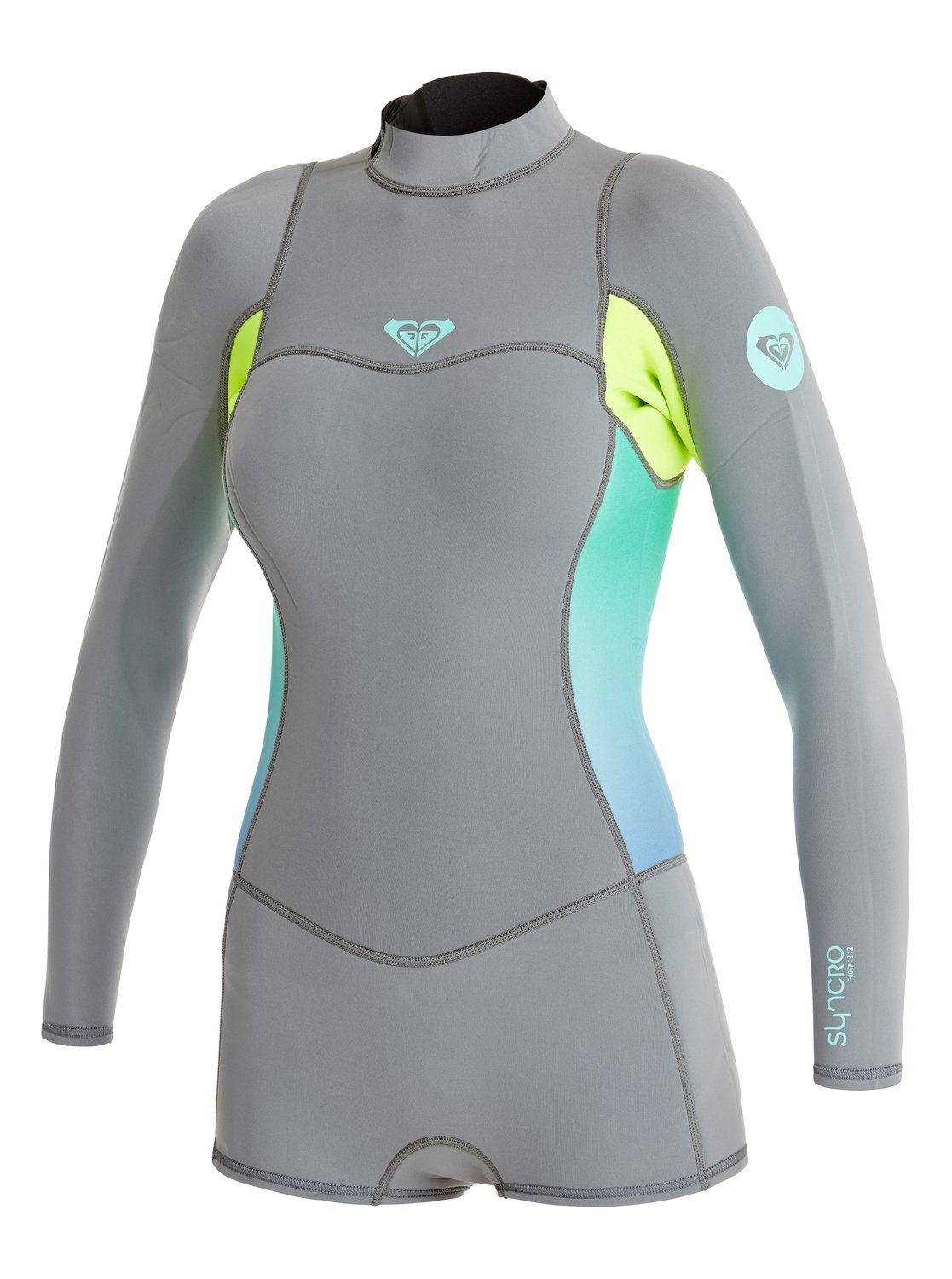Beach Lunch
If you've been out with us, you may have gotten to partake of one of Andrew's famous van-side beef stews or fried egg breakfasts. But you don't need a camp stove and full kit to enjoy a wholesome lunch. Not only are we saving tons of money by bringing our own food (even a bagel and coffee can run you around $5), but we're looking after our nutrition and feeling awesome. Anybody who's spent much time out there knows that beachside food options can be challenging. Not that we don't love the occasional stuffed veggie slice from Gino's at Long Beach, but we thought we'd share some of our favorite ways to eat healthy on a mission.
No refrigeration needed
When we're in a hurry, we like to bring along sturdy, pre-washed fruits and vegetables. Think bell peppers (you can even eat one like an apple–try it), carrot and celery sticks, jicama, bananas, apples, tangerines. We keep a pocketknife and flexible cutting board in the van, but it's not necessary. Slice them up the night before and toss them in a Ziplock bag or Tupperware. If you want to up your game, you can bring a whole avocado, slice it in half, and eat it with a spoon right out of the shell. Pair that with a few hard boiled eggs* and you've got a protein and vitamin boost to get you primed for the next session. As a side note, we find that hard boiled eggs are just fine out of the fridge for a while. Put a pan of them on the night before, and bang—breakfast or lunch, already in its own container. Other protein sources that will be okay in your beach bag for a few hours include nuts (we love smoked almonds) and cured meats (think hard, really preserved stuff like chorizo, smoked salami, or jerky).
A little more fancy
If you have a decent cooler or insulated lunch bag, the sky's pretty much the limit. We like to take chicken or tuna salad and have that with crackers or vegetable sticks instead of in sandwiches. You can bring cheese cubes, yogurt, hummus, leftover dinner from yesterday. We've discovered the awesome Bentgo salad box, which means you can bring a restaurant-quality salad in your backpack. It has a bottom container for greens, and the top tray has compartments for your toppings, and even its own fork and a leak-proof box for dressing. No more soggy lettuce!
While we're plugging lunchboxes
Bentgo makes a ton of awesome products. In addition to the salad box, we use the Bentgo insulated canvas lunch box almost every day. It's the perfect size for one person, and it has a built-in pocket for an ice pack. You can buy a super slim cold pack from them that fits right in.
If you're packing for a crowd, Andrew swears by the soft cooler. You shed a lot of the weight of a hard box, making it a cinch for one person to tote around. They also usually have a few outside pockets so you can reach for a few snacks on the train. The squishy sides mean that it's easier to fit into small spaces (Brooklyn apartments, anyone?) and you can fold it up and shove it in a drawer when you're not using it. They're also super easy to clean by rinsing out in the sink. Some people like to dump a bag of ice right in these, but we usually rely on reusable cold packs that we store in the freezer till we need them. Less risk of a soggy PB&J. In coolers as with everything else, you get what you pay for. A cheap soft-side from the dollar store won't last long. We suggest you shell out a little more and invest in a mid-range cooler that will last several seasons and keep your stuff colder longer.
Hope this gives you a few suggestions to spruce up your beach snack routine. It doesn't have to be a big production—a few minutes the night before really pay off when you're enjoying a gourmet feast right on the sand. We're really into our home cooking routine these days, so look out for more posts about our favorite beach breakfasts, new recipes, and more.
As a final public service announcement, please, please, please remember to pack out what you pack in. Our city beaches seem to get more polluted each day. Take those wrappers and rinds back to a trash bin, or haul them back home to dispose of properly.
*Fool-Proof Hard Boiled Eggs
These beauties come out perfect every time. We can't recommend enough that you spend a little more for organic, free-range eggs, local if possible. The taste difference alone is worth it. Make extra—everybody loves deviled eggs.
1. Fill a four- or six-quart saucepan with water. Place over a high flame and bring to a boil.
2. When the water is boiling, gently lower the eggs into the pan. Adjust the flame if needed to keep the water at a steady boil (you might need to turn it down slightly).
3. Boil for 11-13 minutes. This is a matter of taste. If you like a softer, creamier yolk, less time is for you. If you're taking them to the beach, we'd suggest the longer time. They'll keep longer if they're fully cooked through.
4. Turn off the heat and use a slotted spoon to remove the eggs. Immediately place them in a bowl of ice water. Let sit for 30 minutes. Don't skip this step!! Plunging the eggs in the ice bath makes them much easier to peel.







